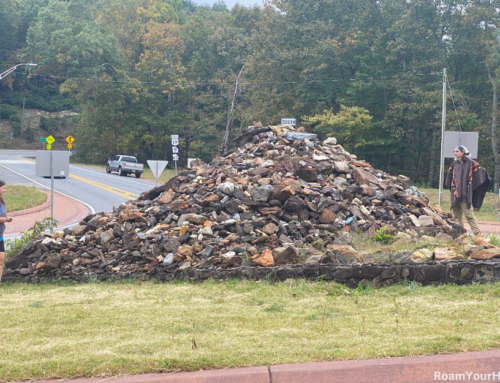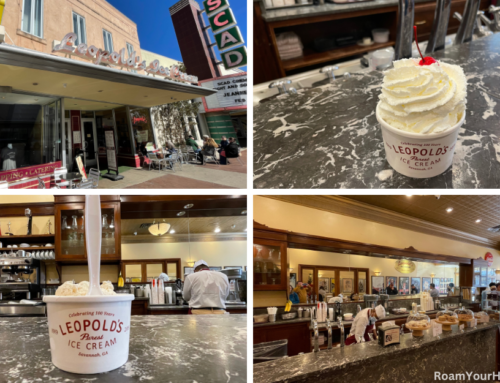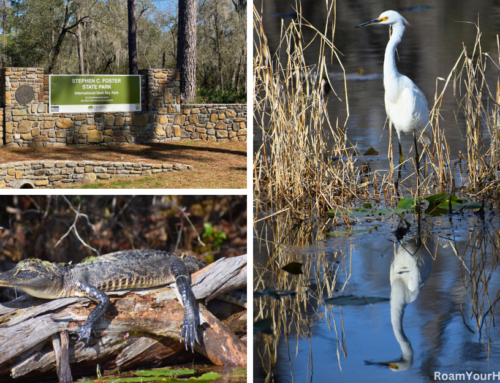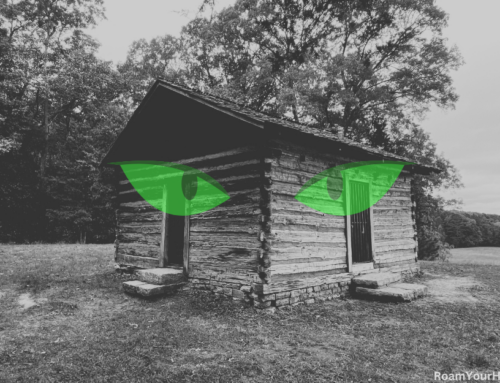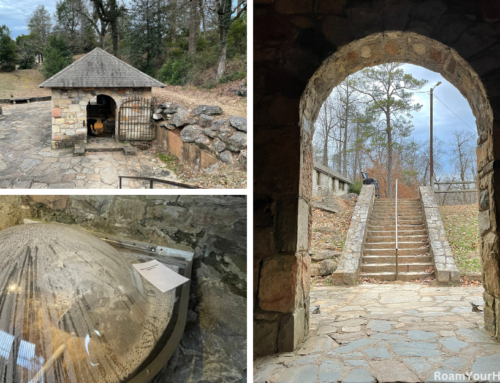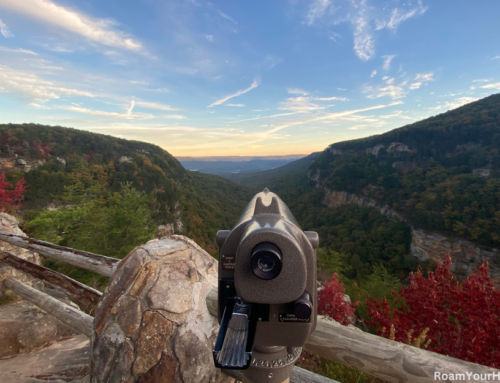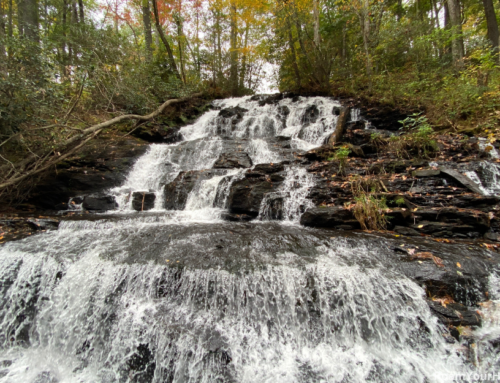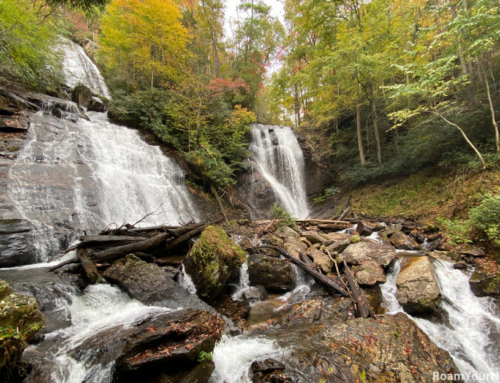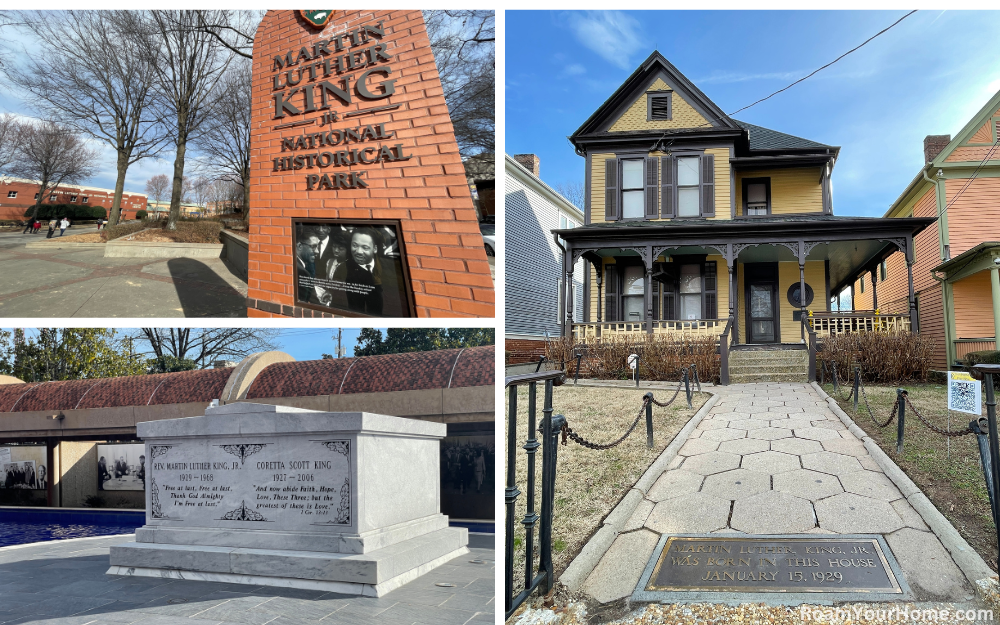
Martin Luther King Jr. National Historical Park: A Visitor’s Guide
The Martin Luther King Jr. National Historical Park is located in Atlanta, Georgia. The park preserves several locations instrumental in King’s life and upbringing.
This includes the home where King was born and lived for the first 12 years of his life and the Ebenezer Baptist Church, where he preached and was baptized.
My wife and I visited on a winter morning. The Martin Luther King Jr. National Historical Park was the last thing on our vacation itinerary before returning.
The parking lot was fairly large and about halfway full, which surprised me, given that the visitor center had only been open for about 15 minutes. We first went into the visitor center to book a tour of King’s birth home.
I’d read online that the free, first-come, first-served tours are kept small and fill up fast. This was a fact! The line to get tickets at the information center was a dozen people deep. Once we got to the front, the first three tours were already full. We had a couple of hours before our tour.
That was fine, though. There was plenty to see.
We started in the visitor center. I was blown away by how well done it was. The walls were covered with excerpts from King’s speeches and letters. The exhibits and displays took us through, chronologically, the major events in Dr. King’s life, from the time he lived at home nearby to when he was assassinated in Memphis.
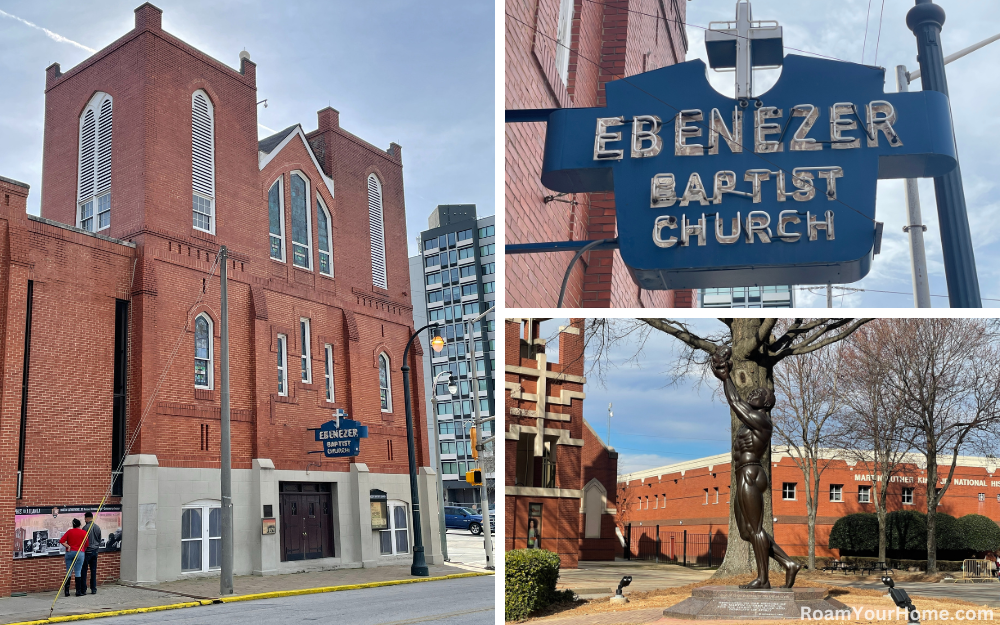
Walking the Martin Luther King Jr. National Historical Park
Next, we decided to visit the Ebenezer Baptist Church, which is located near the visitor center. Along the way, we passed through the MLK Jr. World Peace Rose Garden, which is designed to be an artistic interpretation of Rev. King’s life and ideals of peace through nonviolence.
We also walked by the “Behold Monument.” Coretta Scott King unveiled the monument to her late husband in 1990, which is dedicated to his fight for dignity, social justice, and human rights.
Ebenezer Baptist Church was closed the day we visited, so we did not get to see inside the church, but learning about it was still a wonderful experience. There are a few information panels outside explaining how Dr. King’s father was a pastor here and how Martin Luther King Jr. was baptized and became co-pastor with his father. If you are lucky enough to go inside, you can listen to some of Rev. King’s famous sermons and see where they were delivered.
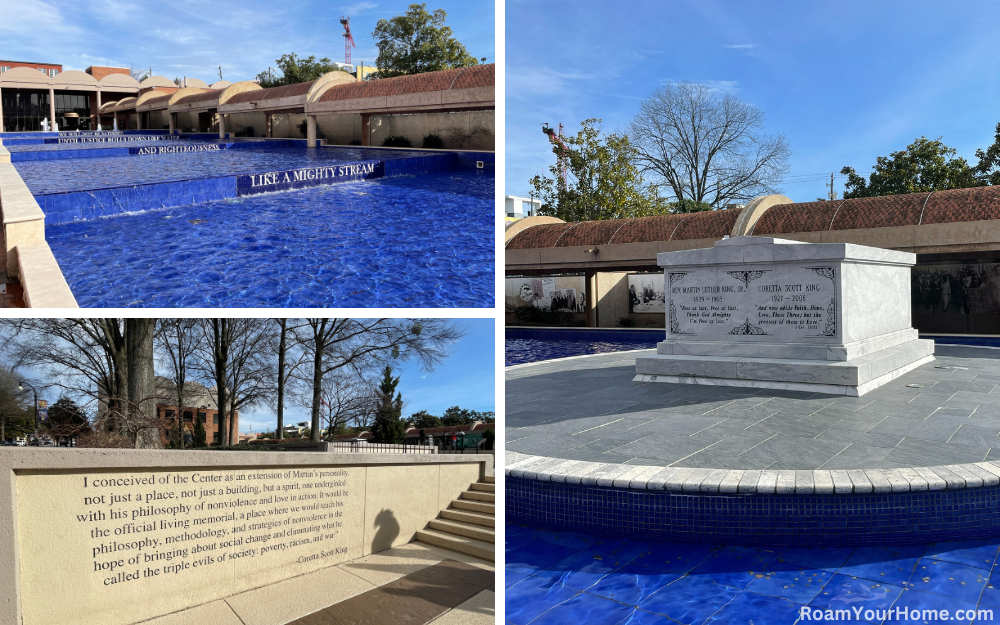
Martin Luther King Jr. Grave
Next, we headed to The King Center, where Rev. Martin Luther King Jr. and his wife, Coretta Scott King, are buried. Their tomb is solemn but also incredibly inspirational. They are resting on a pedestal surrounded by a reflecting pool.
When we visited, dozens of visitors paid homage to Dr. King and his wife. On our way out, we passed the Eternal Flame on the property, which perpetually burns to honor King’s ideals.
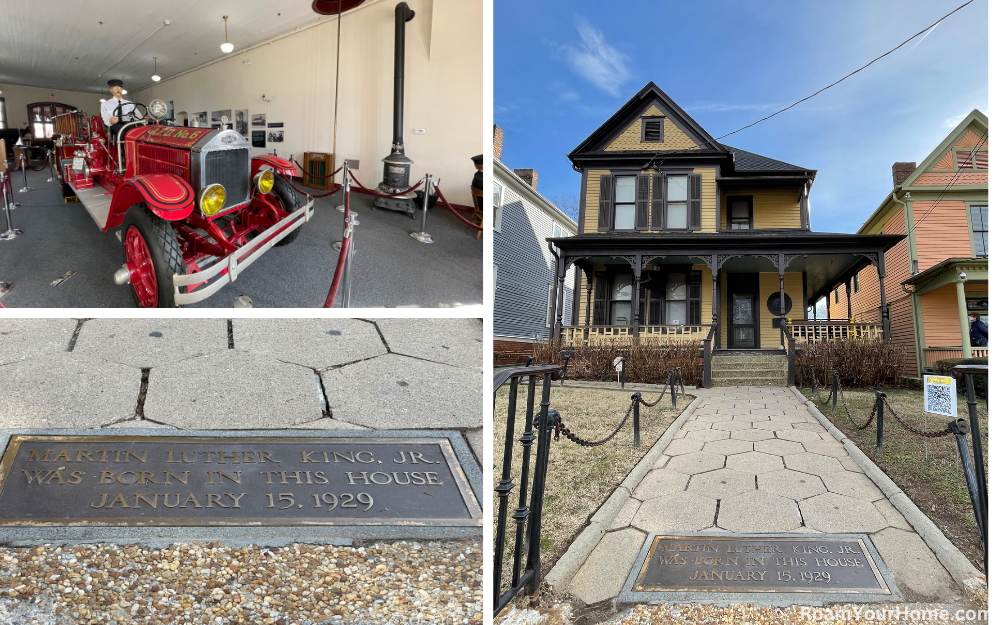
Martin Luther King Jr. Birth Home Tour
Next up was our tour of Dr. King’s birth home. As we walked that way, we passed by and quickly looked inside the historic Fire Station No. 6.
Once we reached outside the home, we were joined by others and a National Park Service Ranger who would guide the tour. The ranger explained that the King Center owns the home, and NPS guides the tour. “The King Center does not allow photography inside the home. Outside, you can take as many photos as you like.” He went on.”Remember, no food, gum, or drinks inside the home. And please refrain from touching anything.”
“When you walk into the house, you are walking back into time. You are walking into the 1930s. The home has been remodeled and made to look like it did when Dr. King lived here as a young boy.”
Curious, I asked. “How much of the stuff inside is original to Dr. King’s family?”
“The family did not own everything in the home. A few pieces belonged to the King family, but most of the furniture is period furniture bought by the Park Service.” He responded.
Inside the Home
Soon, the group of about a dozen entered the home. “This is the parlor. The piano you see and the stool are original to the room.” Said the ranger. “Young Dr. King was not fond of taking piano lessons… so to discourage his teacher he loosened the screws on the stool and hit the piano with a hammer.” The picture above the piano shows his paternal grandparents, Rev. A. D. Williams and Mrs. Jennie C. Williams.
The foyer, or coat and hat room, has a photo on the wall showing the family shortly after Christmas in 1939.
Next was the family game room and Dr. King’s father’s office. It was also once his grandparent’s room. This is the room where the family gathered for game night fun and where they did their homework. “The photos on the wall are of his grandparents. Take a look at this though.” He said, pointing towards a Monogoply game in the middle of the room. “Monoply was Dr. King’s favorite game. It’s said he was the best in the family at it too.” He explained that the radio in the room was often tuned to Dr. King’s favorite show, the Green Hornet.
The dining room was next. “The family-owned the dishes you see on the table. When the King family sat down for dinner, they each had to recite a bible verse before they could eat.” Said the guide. The kitchen was next to the dining room.
Viewing the Birth Room
Next, the ranger led us to the Birth room, which was also Dr. King’s parents’ bedroom. Dr. King, his brother, and his sister were all born in this room. Martin Luther King, Jr. was born at noon on Tuesday, January 15, 1929.
Martin and his brother A. D. shared the bedroom next to their parent’s room. As you face the backdoor upstairs, it is the last room on the left.”
The tour lasted a little over a half hour. Only some rooms were open, as only some rooms have been restored. That said, my wife and I thoroughly enjoyed the tour. Seeing how an icon of the civil rights movement grew up was humbling, and I can’t recommend it enough.

